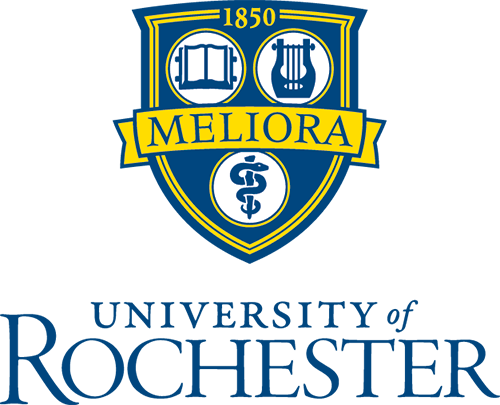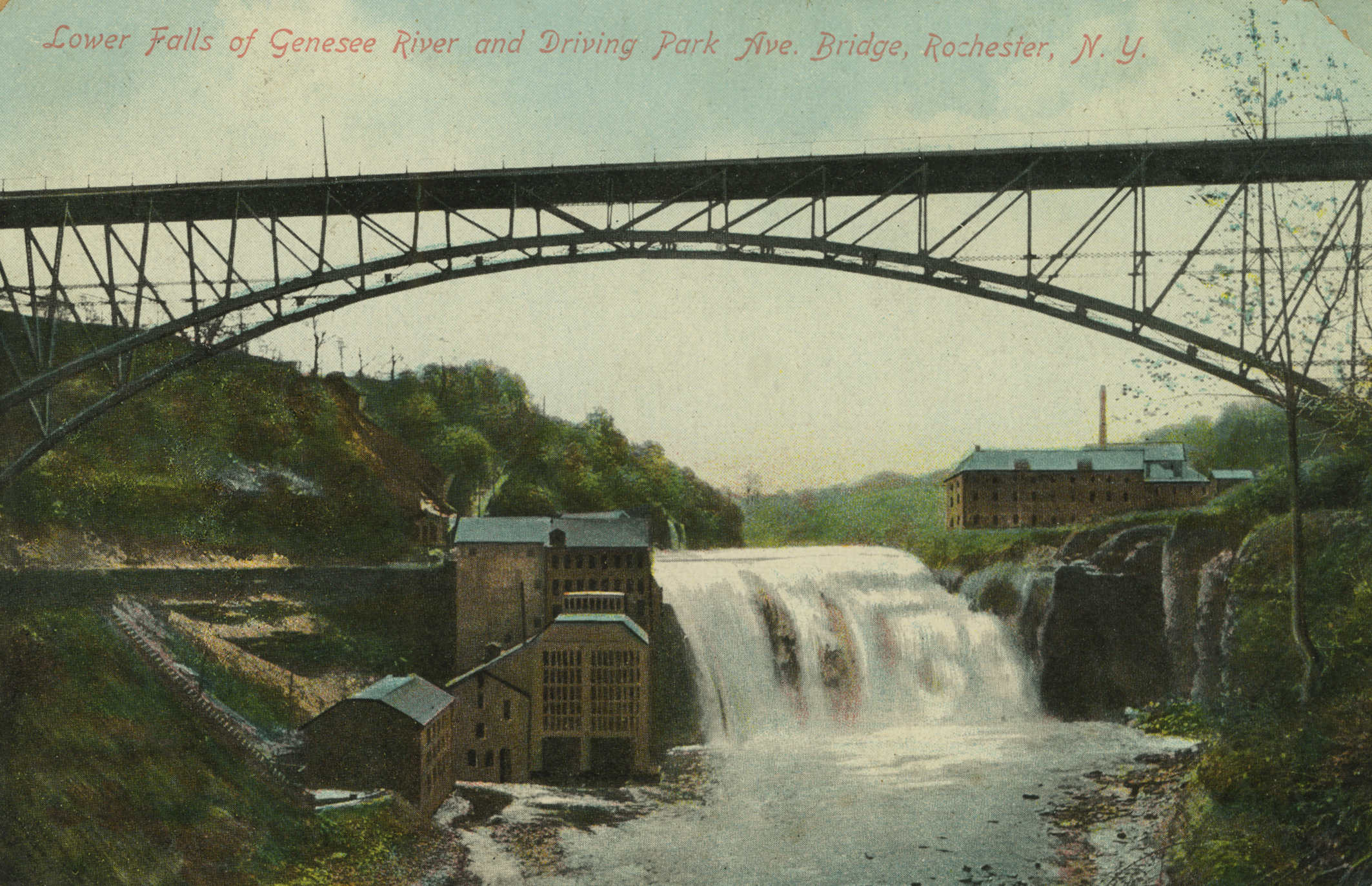Welcome
Rare Books, Special Collections, and Preservation (RBSCP) is open to everyone. We partner with students, faculty, and the community through exhibitions, classes, workshops, and lectures.
We are excited to announce that RBSCP has launched a new software system that changes the way we manage all of our public services, including registration, appointments, and reproduction requests. We have made the move to Aeon, an automated request and workflow management software specifically designed for special collections libraries and archives. All researchers will be required to create an Aeon account. Aeon streamlines all aspects of the researcher experience and will make it significantly easier for researchers to access our collections.
Our in-person research hours are Monday - Friday from 9:00 AM - 5:00 PM.
Please note the department will be closed on Monday, May 26 (Memorial Day), Thursday, June 19 (Juneteenth), and Friday, July 4 (Independence Day).
For questions about the department, including reproductions, please contact us. If you have questions about a specific collection or research topic, your email will be forwarded to the appropriate curator.
Explore RBSCP
About
Welcome! More information about who we are and how to visit us.
Services
We are open to everyone and partner with students, faculty, and the community on instruction, research, internships, events, and physical and digital exhibitions.
Rare Books and Special Collections
Learn more about our collections through our finding aids, subject guides, and our access and collection development policies.
Digital Exhibitions and Projects
Links to a wide range of digital exhibitions and projects created by students, faculty, and RBSCP staff.
RBSCP Blog
Our blog contains information about the collections, people, and events of RBSCP and the University Archives.
University Archives
Discover the history of the University of Rochester through manuscripts, publications, images, exhibitions, and more.
Digital Collections and Publications
Links to fully digitized collections and publications from RBSCP and the University Archives.
Databases for Collections
Databases have been developed for a number of manuscript, book, and print collections in the department to enable access to their contents.
This video gives you an overview to the Department of Rare Books, Special Collections, and Preservation. It includes a bird's eye view of our collections, how we are different from the rest of River Campus Libraries, and an introduction to our online exhibits and collections.



